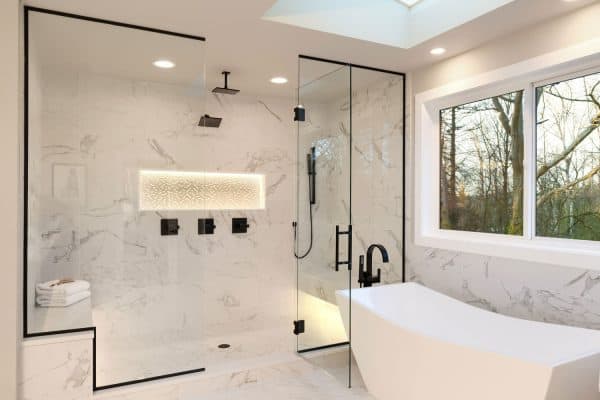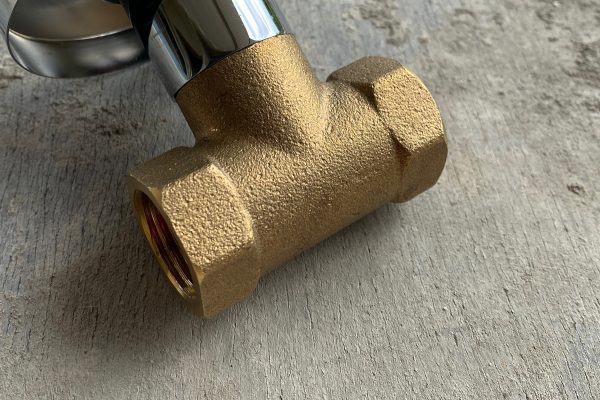Caulking or not: The question that everyone who is installing a new toilet is asking. There is some controversy stirring on whether or not you should caulk around the base of your toilet. We've done the research to bring you the answer to this question to help you make the best choice for your bathroom.
There are many good reasons to use caulk at the base of your toilet, including the fact that the International Plumbing Code requires all fixtures to be water-sealed where it touches the floor or wall. The flexible silicone adheres to the ceramic toilet and the floor, creating a seal around the base that prevents excess water from pooling up.
Let’s break this down more. What is the purpose of using caulk to seal your toilet? What is the best caulk to use around a toilet? How do you know if your toilet is leaking underneath? Can you use grout instead of caulk around a toilet? Without further ado, let's get into this.
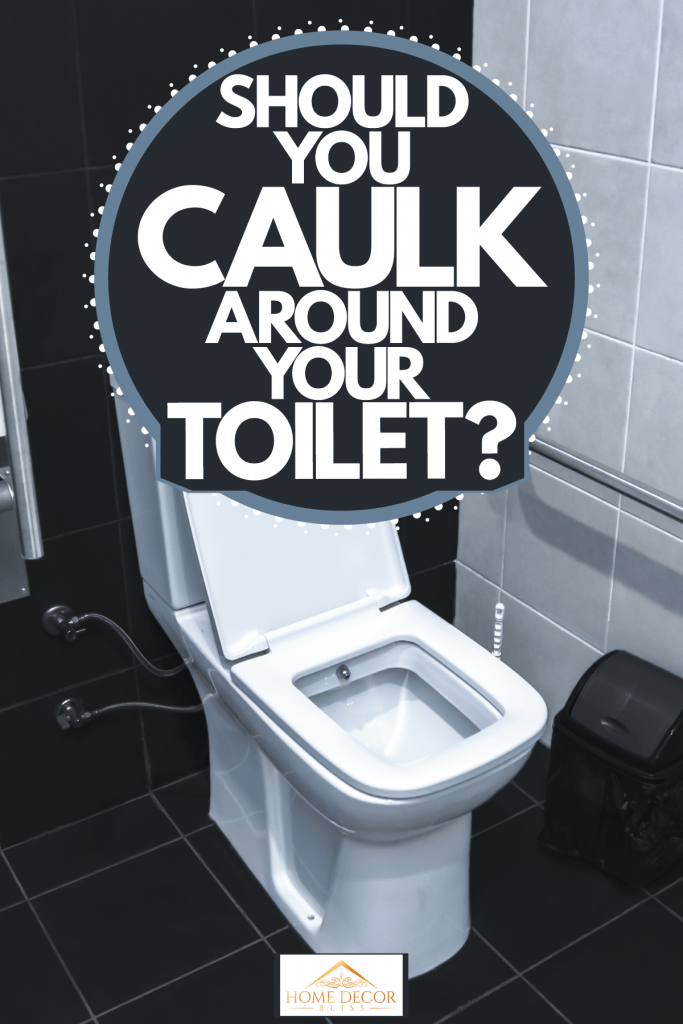
The Purpose Of Using Caulk To Seal Your Toilet
First and foremost, using caulk around your toilet guarantees that you're within the IPC's requirements for water-sealed fixtures. Ensuring that the toilet is water-sealed means that you won't have to worry about excess water or other liquids damaging the base of the toilet.
Bathrooms already tend to have excess moisture in the air at different times during the day. Whether it’s steam from a shower or splashing from a toilet bowl or sink, it's present. This moisture, without caulk, could potentially cause mold to grow in the crevice around the toilet bowl, allowing unwanted germs and bacteria to live there.
Another great appeal of caulking is the extra layer of security you get. While toilets are secured to the ground, the bolts can become loose after a while. The strong silicone adhesive further secures your toilet to your flooring, preventing it from becoming wobbly. By using caulk, you are promoting a cleaner and healthier, and all-around fresher bathroom area.
What Is The Best Caulk To Use Around A Toilet?
According to bestreviews.com, General Electric’s All-Purpose Silicone Caulk is the best money to buy and is available online or at your local hardware store for only a couple of dollars. It is 100% waterproof, flexible, and resistant to heat and cold. It is also mold-resistant, which is a big deal when it comes to your bathroom.
We may include affiliate links and curated AI content to highlight top design styles.
Click here to see it on Amazon.
After creating your beautiful bathroom, you probably don’t want this bulky gunk lined around the bottom of your toilet. Caulk comes in a tube with a slender valve that makes it easy to evenly apply. While this caulk is clear, you can find it in different colors, which adds to the aesthetic of your bathroom by creating a smooth transition from fixture to floor.
How Do I Know If My Toilet Is Leaking Underneath?
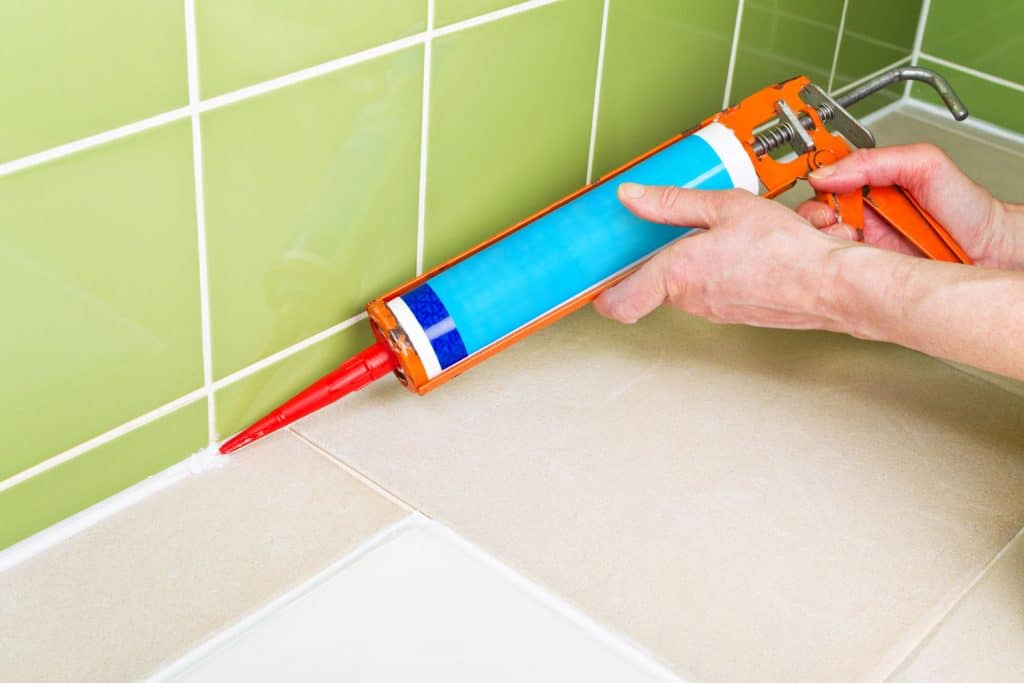
Leakage at the base of a toilet can be a nightmare. The water can pool up underneath your floor, molding and damaging the floor itself. This could lead to a bathroom remodel that could cost you hundreds of dollars.
The secret to using a caulk at the base of your toilet without it obscuring any view of a possible leak is simple. When applying the caulk, apply it to the two sides and front of the toilet base. You want to leave at least a one-inch area open and caulk-free to allow water to flow out in case of a leak underneath. It is often hard to caulk around the back of the toilet due to the lack of space, anyways. This way you are able to see any problems and fix them before it’s too late and you are ripping up floors.
Can I Use Grout Instead Of Caulk Around My Toilet?
Have you ever used the bathroom at a friend or neighbor’s house, and had the toilet shift and move when you sit down? It is not a comforting feeling. Often, this happens when people choose to not use caulk or they choose to grout around the base of the toilet instead.
Many people have questioned if they could get away with using grout instead of caulk to seal the base of their toilet. While it can technically be done, it is not the best option.
Since grout is not a water-sealed product, it does not fit the International Plumbing Code’s requirements. Grout is also known for cracking, so the more weight that is put on the toilet, the faster the grout will break and not hold the toilet in place as well. If you choose to use grout instead of caulk, it will crumble beneath, leaving a mess in its wake. You will have to redo it on many occasions just for its upkeep. This will result in you spending more unnecessary dollars on this space.
Caulking Or Not
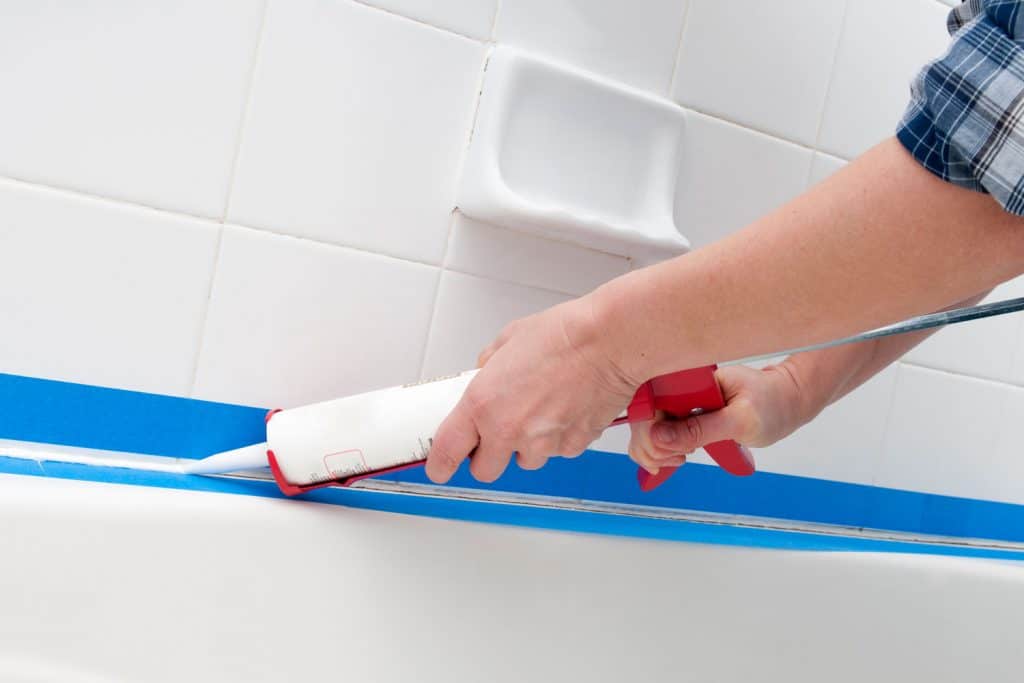
Using caulk around your toilet is a personal choice, but after doing some research, it seems that using caulk is the way to go! It is easy to maintain and it helps eliminate unnecessary germs and bacteria. It helps reduce unwanted odors in an area that is already prone to foul smells and it is a requirement by the International Plumbers Code, and who wouldn’t rather be safe than sorry? Using caulk gives you a smooth look of transition and allows for an easier bathroom cleaning experience.
Before you go, be sure to check out these other posts that may be of interest to you:
Do Toilets Lose Flushing Power Over Time? [And How To Increase Flush Pressure!]


![Marble walled shower wall, 5 Best Types Of Shower Wall Panels To Consider For Your Bathroom Renovation [The Ultimate Guide]](https://homedecorbliss.com/wp-content/uploads/2023/07/shutterstock_2138160219-600x400.jpg)
